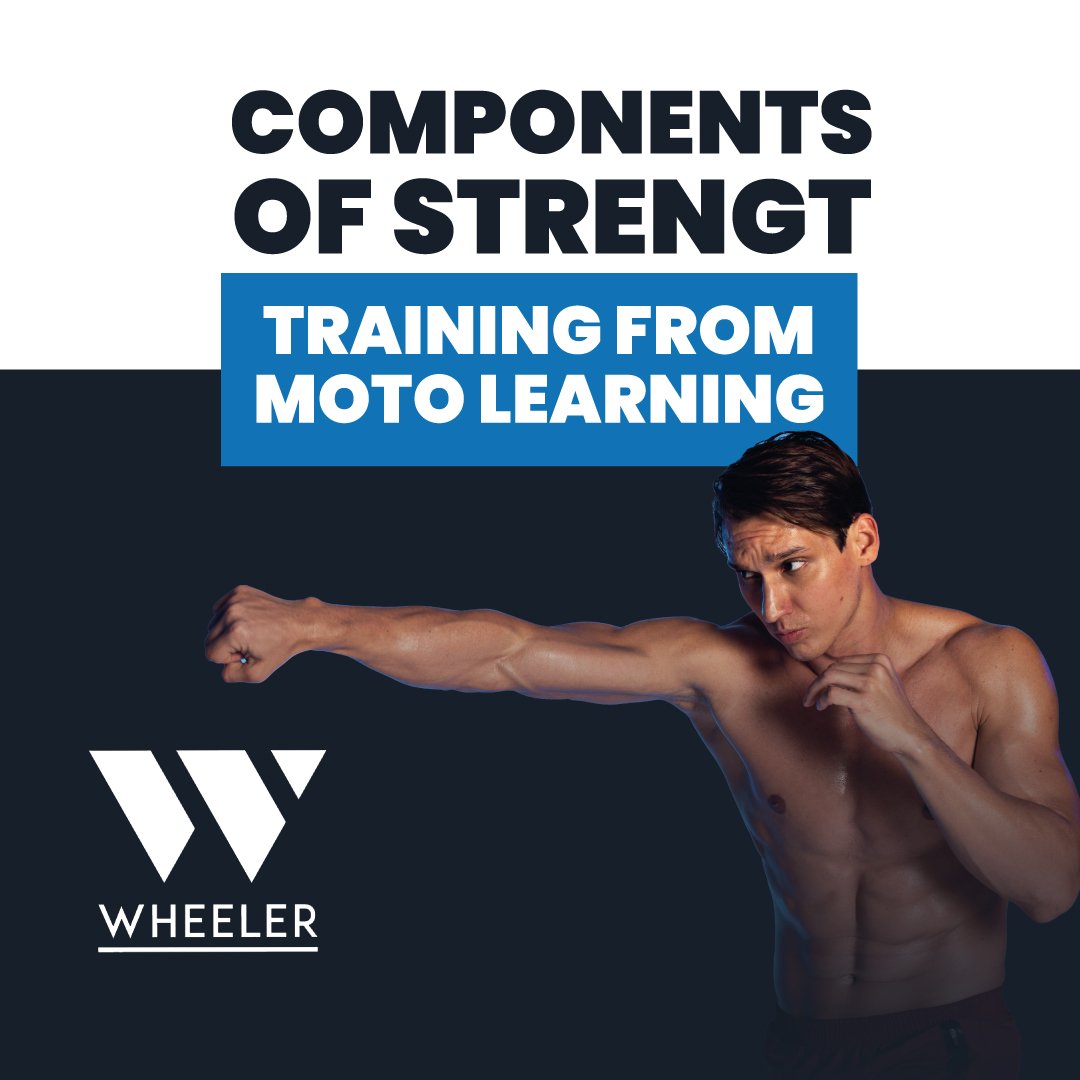Unveiling the Power of Motor Learning-Based Training
In the vast domain of physical training, an enigma arises that has intrigued athletes, coaches, and scientists alike: how can we maximize the effectiveness of our workouts to reach our maximum physical potential? In this journey towards a deeper understanding of strength and movement, we delve into the exciting world of motor learning-based training, a discipline that merges the principles of movement physiologist Nikolai Bernstein and the innovative ideas of biomechanics pioneer Frans Bosch.
The Essence of Motor Learning
Bernstein mentions that motor learning is the process by which we acquire and refine motor skills through practice and experience. His research revealed that the human body is designed to optimize movement, coordinating muscles, joints, and sensory systems precisely and efficiently. This transforms strength training into an exploration of how our body can learn to generate and apply force optimally.
Challenging Conventions with Frans Bosch
On the other hand, Frans Bosch challenges traditional conventions of strength training, prioritizing movement quality over the amount of weight lifted. His approach focuses on understanding fundamental movement patterns and optimizing neuromuscular coordination. In our training model, we have developed four main axes: mobility, stability, neuromuscular activation, strength, and movements with elastic resistance.
The Training Phases
The initial phase focuses on combined mobility, stability, and core exercises to prepare the neuromuscular and sensory system for movements. Then, neuromuscular activation prepares the movement chains that will be trained in the strength core unit. In the strength phase, we incorporate exercises with a high coordinative component, such as lateral direction changes, to develop neuromuscular adaptations and special motor behaviors. Finally, in the last phase, we introduce movements with elastic resistances to perform reactive movements by overcoming resistance.
Benefits of Motor Learning-Based Training
Strength training based on motor learning is essential for several reasons. It optimizes movement efficiency, reducing the risk of injuries, and maximizing biomechanical efficiency. Additionally, it allows for skill transfer to various activities and enhances athletic performance. By practicing specific movement patterns, neuroplastic adaptations occur that facilitate more efficient and precise execution in the future.
Conclusion: Unlocking Physical Potential
In conclusion, motor learning-based strength training takes us beyond weightlifting, towards a deeper and more effective understanding of how our body can reach its maximum physical potential. If you want to explore this fascinating field and optimize your performance, we invite you to join our membership at this link, where you’ll have access to a wide range of resources and knowledge to aid you in your journey towards physical and athletic success.
Author


